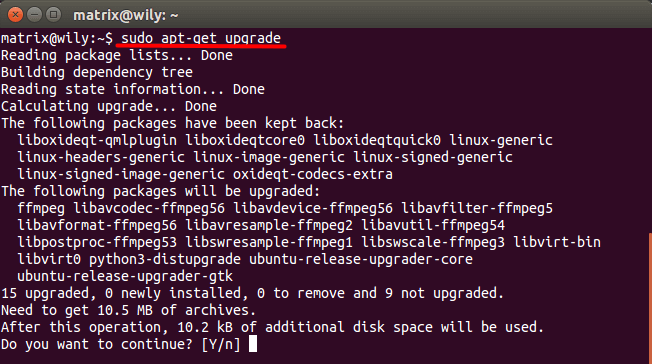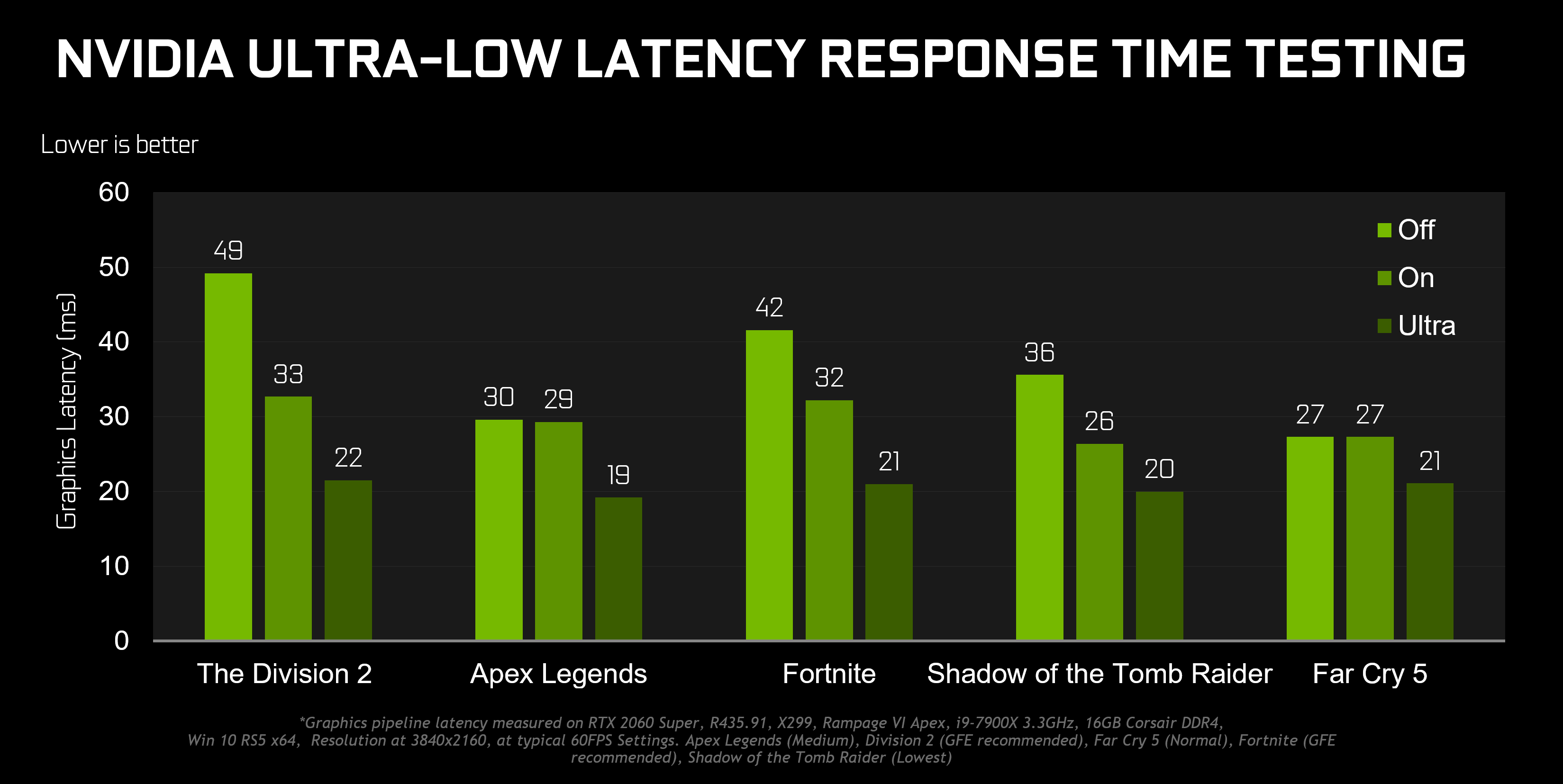Unlocking Secrets: Sudo Apt Get Update

In the vast realm of Linux operating systems, particularly in the Ubuntu family, there exists a powerful command that serves as a gateway to system maintenance and package management. This command, known as sudo apt get update, is a crucial tool for users seeking to keep their systems up-to-date and running smoothly. Today, we delve into the intricacies of this command, exploring its functionality, best practices, and the immense benefits it brings to the Ubuntu ecosystem.
As we navigate through the depths of this topic, we'll uncover the inner workings of sudo apt get update, shedding light on its role in package management and system maintenance. By understanding the intricacies of this command, we aim to empower Ubuntu users with the knowledge to effectively manage their systems and unlock the full potential of this powerful operating system.
Understanding the sudo apt get update Command

At its core, the sudo apt get update command is a fundamental tool in the Ubuntu arsenal, serving as a bridge between the user and the vast repository of software packages available for the operating system. This command initiates a process that fetches the latest package information from the configured repositories, updating the local package cache with the newest available versions. This process is crucial for ensuring that the system has access to the most recent software updates, security patches, and new features, thereby maintaining optimal performance and security.
The sudo prefix in the command indicates that it requires administrative privileges to execute, ensuring that only authorized users can perform system-wide updates. This security measure is a cornerstone of Ubuntu's design philosophy, ensuring that critical system changes are made only with the necessary permissions.
The apt component, short for Advanced Packaging Tool, is the package management system employed by Ubuntu. It provides a robust framework for managing software packages, handling tasks such as installation, removal, and, of course, updating. apt is known for its efficiency, reliability, and user-friendly interface, making package management a breeze for both novice and advanced users.
The get update part of the command is self-explanatory, instructing the system to retrieve the latest package information. This process involves checking the configured repositories for any updates and downloading the necessary metadata to the local system. This metadata includes information about the packages, such as their version numbers, dependencies, and release dates, enabling the system to make informed decisions about package management.
The Importance of Regular Updates
Regularly running the sudo apt get update command is an essential practice for Ubuntu users, as it ensures that their systems remain secure, stable, and feature-rich. Here’s a deeper look at why regular updates are crucial:
- Security: Software updates often include critical security patches that address vulnerabilities discovered in the software. By regularly updating, users can protect their systems from potential security threats, ensuring that their data remains safe.
- Stability: Updates can introduce new features and improvements that enhance the stability of the operating system and its applications. This can lead to better performance, reduced crashes, and a more reliable computing experience.
- Feature Enhancements: Software developers frequently release new versions of their packages, introducing innovative features and improvements. By updating, users can access these enhancements, keeping their systems up-to-date with the latest technological advancements.
- Dependency Management: Package updates often involve changes in dependencies, the relationships between different software packages. Regular updates ensure that these dependencies remain consistent, preventing potential conflicts and ensuring smooth operation.
In summary, the sudo apt get update command is a powerful tool that underpins the stability, security, and functionality of the Ubuntu operating system. By understanding its role and incorporating it into regular system maintenance, Ubuntu users can ensure that their systems remain robust and efficient.
Best Practices for sudo apt get update

While the sudo apt get update command is relatively straightforward, there are some best practices that users should adhere to for optimal results. These practices ensure that the update process is efficient, secure, and tailored to the user’s needs.
Backing Up Before Updates
Before initiating a system-wide update, it is always advisable to create a backup of important data. While apt is a reliable package manager, unexpected issues can arise during the update process. By having a backup, users can quickly restore their system to a stable state if any problems occur.
There are various methods for backing up data in Ubuntu, ranging from simple manual copies of important files to using dedicated backup software. The choice of backup method depends on the user's preferences and the complexity of their data.
Configuring Repositories
The success of the sudo apt get update command largely depends on the configuration of the system’s repositories. Repositories are essentially remote locations where software packages are stored and made available for download. Ubuntu comes with a set of default repositories, but users can also add third-party repositories to access additional software.
It is essential to ensure that the configured repositories are reliable and secure. Users should regularly review their repository list and remove any repositories that are no longer needed or trusted. This practice helps maintain the integrity of the system and ensures that only trusted software sources are used.
Additionally, users can configure the priority of different repositories, specifying which ones should be preferred during package installation or update. This feature is particularly useful when managing multiple repositories, as it allows users to control the source of their software packages.
Automating Updates
For users who want to ensure that their system remains up-to-date without manual intervention, Ubuntu offers the option to automate the update process. This can be done by configuring the system to automatically download and install updates when they become available. While this approach may not be suitable for all users, it can be a convenient way to maintain a consistently updated system.
However, it is important to note that automated updates should be approached with caution, especially in production environments. Unexpected updates can lead to compatibility issues or downtime, so it is crucial to thoroughly test updates before deploying them in critical systems.
Using apt-get Commands for Advanced Tasks
While sudo apt get update is a fundamental command for package management, the apt-get suite of commands offers a wide range of advanced features for power users and system administrators. These commands allow for more granular control over package management, enabling tasks such as installing specific versions of packages, removing unwanted packages, and even building packages from source code.
Some of the commonly used apt-get commands include:
- sudo apt-get install: This command is used to install new packages or upgrade existing ones.
- sudo apt-get remove: Used to remove packages from the system, leaving their configuration files intact.
- sudo apt-get purge: Similar to remove, but it also deletes the package's configuration files.
- sudo apt-get upgrade: This command upgrades installed packages to their latest available versions.
- sudo apt-get autoremove: Removes automatically installed packages that are no longer required.
These commands, when used in conjunction with the apt configuration files and package metadata, offer a powerful toolkit for managing software on Ubuntu systems. They provide fine-grained control over package management, allowing users to tailor their systems to their specific needs and preferences.
Performance Analysis of sudo apt get update
The sudo apt get update command is renowned for its efficiency and speed, making it a preferred choice for package management in Ubuntu. However, the performance of this command can vary based on several factors, including the user’s internet connection speed, the size of the package repository, and the number of packages being updated.
To illustrate the performance of this command, let's consider a real-world scenario where a user runs the sudo apt get update command on a standard Ubuntu installation with a stable internet connection. The command typically takes a few seconds to complete, during which it downloads the latest package metadata from the configured repositories.
| Package Repository | Download Size (MB) |
|---|---|
| Main Repository | 10.5 |
| Universe Repository | 5.2 |
| Multiverse Repository | 2.8 |

In this example, the user has configured three repositories: Main, Universe, and Multiverse. The Main repository, which contains the most essential and trusted packages, downloads approximately 10.5 MB of data. The Universe repository, which offers additional software not included in the Main repository, downloads around 5.2 MB. Finally, the Multiverse repository, which contains proprietary software, downloads 2.8 MB.
While the download sizes may vary depending on the user's configuration and the number of packages in the repositories, the sudo apt get update command is designed to handle these updates efficiently. It leverages the power of apt to manage the download process, ensuring that the user's system remains responsive during the update.
Once the download is complete, the command parses the downloaded metadata to identify any available updates. This process involves comparing the local package versions with the newly downloaded metadata, and it typically takes a few seconds to complete.
Optimizing Update Performance
While the sudo apt get update command is generally efficient, there are a few strategies users can employ to optimize its performance further:
- Limit the Number of Repositories: As seen in the example above, each repository contributes to the overall download size. By limiting the number of repositories, users can reduce the data transfer required during updates, leading to faster performance.
- Choose Reliable Repositories: Opting for well-maintained and trusted repositories can reduce the likelihood of package conflicts and errors during updates. This can lead to more efficient and reliable update processes.
- Regularly Prune Unused Packages: Over time, Ubuntu systems can accumulate unused packages, which can slow down the update process. By regularly removing these packages using commands like sudo apt-get autoremove, users can streamline their systems and improve update performance.
By following these best practices and optimization strategies, users can ensure that their Ubuntu systems remain up-to-date, secure, and responsive, making the most of the powerful sudo apt get update command.
Future Implications and Advancements
As Ubuntu and the Linux ecosystem continue to evolve, the sudo apt get update command is likely to undergo enhancements and refinements to keep pace with the changing landscape of software development and security.
Enhanced Security Features
One of the key areas of focus for Ubuntu developers is enhancing the security of the package management system. This includes implementing stronger verification mechanisms for package signatures, ensuring that only trusted and authentic packages are installed on the system. Additionally, efforts are being made to improve the detection and handling of security vulnerabilities, further bolstering the security of Ubuntu systems.
Improved Package Management
The apt package management system is already renowned for its efficiency and ease of use, but developers are continually working to improve its capabilities. This includes streamlining the update process, reducing the time and resources required for updates, and providing more intuitive tools for managing packages.
Furthermore, there is a growing emphasis on containerization and package virtualization, which allow for the isolation of packages and their dependencies. This approach can significantly reduce conflicts between packages and enhance the overall stability of Ubuntu systems.
Integration with Cloud and Edge Computing
With the rise of cloud computing and edge technologies, Ubuntu is positioning itself as a key player in these emerging fields. The sudo apt get update command, along with the broader apt suite, is being adapted to support these new computing paradigms. This includes optimizing package management for cloud-based environments and providing tools for managing packages across distributed edge computing systems.
These advancements will not only enhance the usability and performance of Ubuntu in traditional desktop and server environments but also extend its reach into the dynamic world of cloud and edge computing.
Community Contributions and Open-Source Development
The Ubuntu community is a vibrant and diverse group of developers, enthusiasts, and professionals who contribute to the project’s growth and success. As Ubuntu continues to evolve, the community’s role in shaping its future becomes increasingly important. Through open-source development and collaborative efforts, Ubuntu can draw on the collective expertise of its community to address emerging challenges and opportunities.
In conclusion, the sudo apt get update command is a cornerstone of Ubuntu's package management system, providing a robust and efficient way to keep systems up-to-date and secure. As Ubuntu evolves, this command will continue to play a crucial role, adapting to new technologies, security challenges, and user needs. With its combination of reliability, efficiency, and community support, Ubuntu and its sudo apt get update command are well-positioned to thrive in the dynamic world of Linux operating systems.
How often should I run sudo apt get update?
+It is generally recommended to run sudo apt get update at least once a week to ensure that your system has access to the latest security patches and software updates. However, the frequency can vary depending on your specific needs and the criticality of your system. For critical systems, daily updates may be necessary to address any urgent security issues.
What happens if I don’t update my Ubuntu system regularly?
+Failing to update your Ubuntu system regularly can leave it vulnerable to security threats and bugs. Outdated software may contain known vulnerabilities that attackers can exploit. Additionally, you may miss out on important feature enhancements and performance improvements that come with new software versions.
Can I automate the sudo apt get update process?
+Yes, you can automate the sudo apt get update process using tools like cron, which allows you to schedule tasks to run at specific intervals. This can be especially useful for servers and other critical systems where keeping the software up-to-date is essential. However, be cautious when automating updates, especially on production systems, as unexpected changes can lead to compatibility issues.



